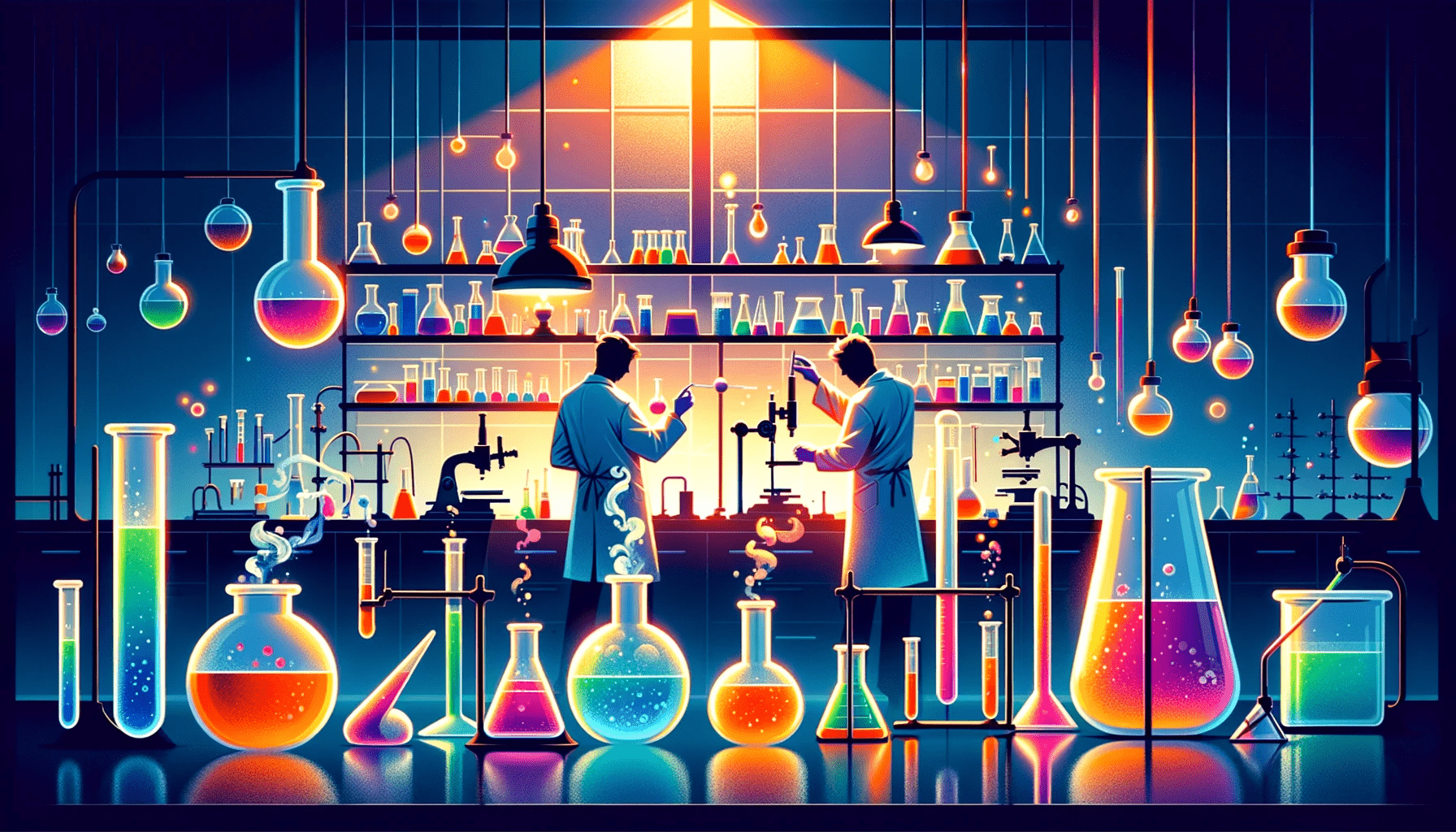IB Chemistry Grade 2 IA examples
Type a search phrase to find the most relevant Chemistry IA examples for you
IA
Not sure what to search for? You can always look through our example Internal Assessments below for inspiration.

Filters
All Chemistry Grade 2 IA Examples
Topic

